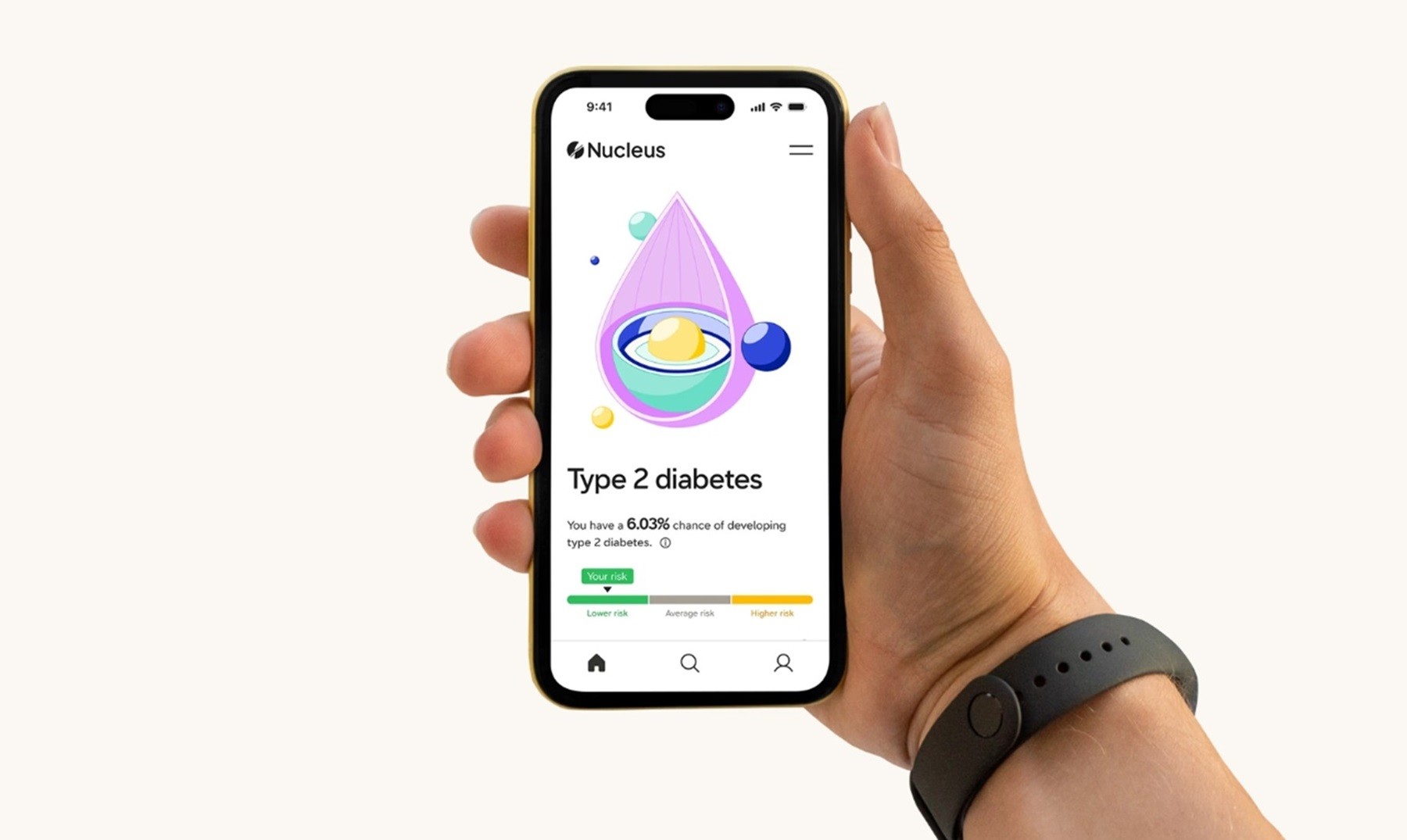Inflammation is a frequent topic in discussions about health and aging — and for good reason. It’s like a double-edged sword: an essential bodily response, yet harmful if left unchecked.
As Dr. Peter Attia explains in his book Outlive, understanding the nuances of inflammation is critical for optimizing our healthspan. He emphasizes the importance of distinguishing between acute inflammation, which is helpful, and chronic inflammation, which can be harmful over time.
In this article, we’ll share insights from Peter Attia on inflammation and explore how to identify, prevent, and reduce its potentially damaging effects.
What is Peter Attia’s definition of inflammation?
In an Ask Me Anything podcast episode, Attia described inflammation as the immune system’s biological response to stimuli such as illness, injury, or cellular damage.
When your body is fighting an infection or recovering from an injury, your immune system quickly gets to work, deploying inflammatory cells and cytokines to the affected area. These cells act as first responders that help prevent the germs or toxins from spreading into other parts of your body.
Attia explains that this initial response is a sign that your body’s inflammatory system is functioning properly. It’s typically temporary, subsiding once the body has healed.
The real problem, he says, arises when inflammation persists and becomes chronic — often going undetected for a while and potentially leading to harmful effects. This is what he calls the “maladaptive side of inflammation” — when inflammation, instead of healing the body, begins to cause damage.
Acute vs. chronic inflammation: Understanding the difference
Peter Attia often emphasizes the need for a clear distinction between the different types of inflammation. While one is essential for healing, the other is a major driver of aging and disease. He breaks them down into two categories:
Acute inflammation
Chronic inflammation
In the following sections, we’ll explore both in detail.
Acute inflammation

Source: Jimmy Chan
Attia views acute inflammation as vital for health and survival, a necessary process for clearing damaged tissue and aiding its repair. Without it, wounds wouldn’t heal, and infections could spread unchecked. Acute inflammation occurs when the immune system responds to sudden threats like injury or illness. It’s typically characterized by redness, swelling, or soreness, all of which are part of the body’s natural healing process.
For example, a mosquito bite triggers an acute inflammatory response, causing characteristic swelling and itching. Similarly, when you cut yourself, the area around the wound becomes inflamed as part of the healing process.
In any of these cases, inflammation usually occurs at the affected site and lasts a few hours to a few days, depending on the cause. Once the threat is neutralized and the tissue is repaired, the inflammation subsides.
Chronic inflammation

Source: Andrea Piacquadio
Chronic inflammation is characterized by a persistent, low-grade inflammatory state where the body’s control mechanisms for turning off inflammation are malfunctioning. This results in self-sustaining inflammation that persists even after the initial threat is gone or the trigger has been resolved.
Attia notes that systemic chronic inflammation is usually asymptomatic, meaning the typical signs of acute inflammation — swelling, redness, and heat — are often absent. Instead, chronic inflammation can manifest with subtle signs, like minor aches or persistent fatigue, which are easily overlooked.
Chronic inflammation can last months, years, or even decades, spreading throughout the body with little immediate effect. Unlike acute inflammation, chronic inflammation isn’t beneficial. It causes processes that are meant to protect the body to harm it instead, resulting in damaged tissues and organs over time.
Here’s a concise summary of the differences between the two types of inflammation:
Attia considers chronic inflammation a major driver of aging and a key factor in the development of what he calls the “four horsemen” of age-related diseases:
Cardiovascular disease
Cancer
Neurodegenerative diseases
Autoimmune disorders
He emphasizes the importance of managing the factors that cause acute inflammation to turn into chronic inflammation, as doing so can help prevent these diseases and support longevity.
The connection between chronic inflammation, aging, and age-related disease
Dr. Attia highlights the interplay between chronic inflammation and other fundamental aging processes, including:
Cellular senescence: As cells age, they stop dividing but don't die. These cells release pro-inflammatory molecules, contributing to a prolonged low-grade inflammatory state.
Genomic instability: Aging impairs the body’s ability to repair damaged DNA, leading to the accumulation of mutated cells that can contribute to disease development or progression.
Epigenetic changes: The aging process disrupts epigenetic mechanisms like DNA methylation, which increases the risk for age-related diseases.
Attia explains that as we age and accumulate these hallmarks of aging, our body’s natural defenses weaken. This creates an environment in which the development of the “four horsemen” of age-related diseases becomes more likely.
When sharing his views on the subject, Attia often cites studies linking high levels of inflammation (measured by C-reactive protein) to increased mortality. For example, the CANTOS trial found that targeting inflammation could effectively reduce cardiovascular events, though it also presented risks, such as a higher incidence of fatal infections.
Because of this, Attia advocates for a more holistic approach to managing inflammation. He suggests a safer and more comprehensive strategy, emphasizing lifestyle interventions — specifically, modifications to diet, exercise routine, stress management practices, and sleep habits — to address the underlying conditions.
How to prevent and reduce inflammation
Attia believes that chronic inflammation plays a causal role in the development of chronic diseases. He suggests that reducing it should help mitigate the risks of developing such diseases. To achieve this, he recommends lifestyle modifications as the most effective way to reduce inflammation.
To slow down or prevent chronic inflammation, Attia suggests adopting four key lifestyle modifications:
Modifying your diet
Incorporating exercise
Reducing stress
Improving sleep

Source: Mikhail Nilov
Modifying your diet
Your diet plays a crucial role in managing inflammation, and Attia emphasizes the importance of making thoughtful dietary choices. Individuals looking to reduce inflammation may consider the following approaches:
Go for whole, nutrient-dense foods: Fruits, vegetables, whole grains, and lean proteins provide essential vitamins, minerals, and antioxidants that support your body’s natural anti-inflammatory processes. On the other hand, processed foods (such as soda, refined grains, and fast foods) often contain unhealthy fats and artificial additives that promote inflammation.
Reduce your sugar intake: Excessive sugar consumption can trigger inflammation and contribute to insulin resistance, which is linked to chronic inflammation.
Include healthy fats: Omega-3 fatty acids (found in fatty fish, flax seeds, and walnuts) and monounsaturated fats have strong anti-inflammatory properties.
Incorporating exercise
Attia believes regular physical activity is the most potent “drug” in his longevity regimen. It’s also a powerful tool in combating chronic inflammation, as exercise helps release myokines that regulate the immune system.
He recommends:
Strength training to improve insulin sensitivity and reduce inflammation
Cardiovascular exercise, like running or cycling, to support heart health
Zone 2 training, which involves low-intensity exercise, to benefit mitochondrial health and reduce inflammation
Reducing stress
Chronic stress isn’t just a mental burden — it physically harms your body, fueling inflammation and triggering a range of health problems. To combat this, Attia encourages trying various techniques, including:
Mindfulness and meditation to calm the mind and reduce cortisol
Deep breathing exercises to regulate the nervous system and promote relaxation, helping the body recover from stress
Spending time in nature doing what you love to improve your mood and your overall well-being
Improving sleep
Attia highlights that how well and how long you sleep is critical in managing inflammation. While you’re asleep, your immune system secretes cytokines — proteins that help the body repair itself. This process gives your body a better chance to fight inflammation, infection, and other illnesses or injuries.
Attia generally recommends the following techniques to improve sleep quality:
Establish a regular sleep schedule
Create a relaxing bedtime routine and optimize your sleep environment
Avoid caffeine and alcohol before bed to reduce their interference
Address underlying sleep disorders if you have trouble sleeping
Tip 💡
While lifestyle factors are important for preventing inflammation, genetic testing offers additional personalized insights into your body’s predispositions and inflammatory triggers. By understanding your genetic makeup, you can adopt a more tailored approach to your health. For example, if genetic testing reveals gluten sensitivity, you can proactively adjust your diet to reduce inflammation and related discomfort.
If you’re interested in understanding your entire genetic profile, including your susceptibility to inflammatory diseases, consider taking a DNA test with Nucleus. Nucleus offers a comprehensive DNA analysis that reveals your predisposition to autoimmune and inflammatory diseases, helping you better understand and manage your inflammatory health risks.
Take control of your health with Nucleus

Nucleus Premium offers a clinical-grade whole-genome sequencing test that decodes nearly 100% of your DNA, providing a holistic look into your genetic makeup.
Nucleus analyzes your genetic data alongside non-genetic factors like lifestyle and health to generate highly personalized reports. These reports provide insights into your genetic predisposition and potential risk for over [NUM_CONDITIONS_SCREENED] conditions, including autoimmune diseases linked to chronic inflammation, such as:
Celiac disease
Rheumatoid arthritis
Multiple sclerosis
Psoriasis
The reports are written in plain, easy-to-understand language. Still, if you’d like further guidance on the implications of your results, the platform offers genetic consultations through its partner, SteadyMD, as well as AI-powered health tips.
How to get started with Nucleus
Getting started with Nucleus is quick and easy. Here’s how it works:
Fill out your personal information
Place an order for your test kit
Once the kit arrives, swab your cheeks and send the sample back to the lab for testing. Your results will be available in your online account within 6–8 weeks.*
*Nucleus prioritizes your data’s privacy and accuracy and is HIPAA-compliant, while its labs are CAP-accredited and CLIA-certified.
You may also like…
Learn more about aging and longevity through these topics on Peter Attia:
Featured image source: Hal Gatewood












